In 1950, I was a U.S. Coast Guard Ensign attached to the USCGC CLOVER (WAGL-292), a buoy tender whose homeport was Kodiak, Alaska. I had been on the CLOVER since the previous July and had spent only three weeks in Kodiak. Our area of operations was from Kodiak, west to Attu (the furthest west of the Aleutian Islands), and north to the Chukchi Sea as far as Point Hope. This included the entire Alaska coastline in between these limits, including the Pribilof Islands, on which the Coast Guard operated a Loran-A station in addition to several shore lights, Nunivak, and St. Lawrence Island in the Bering Sea.
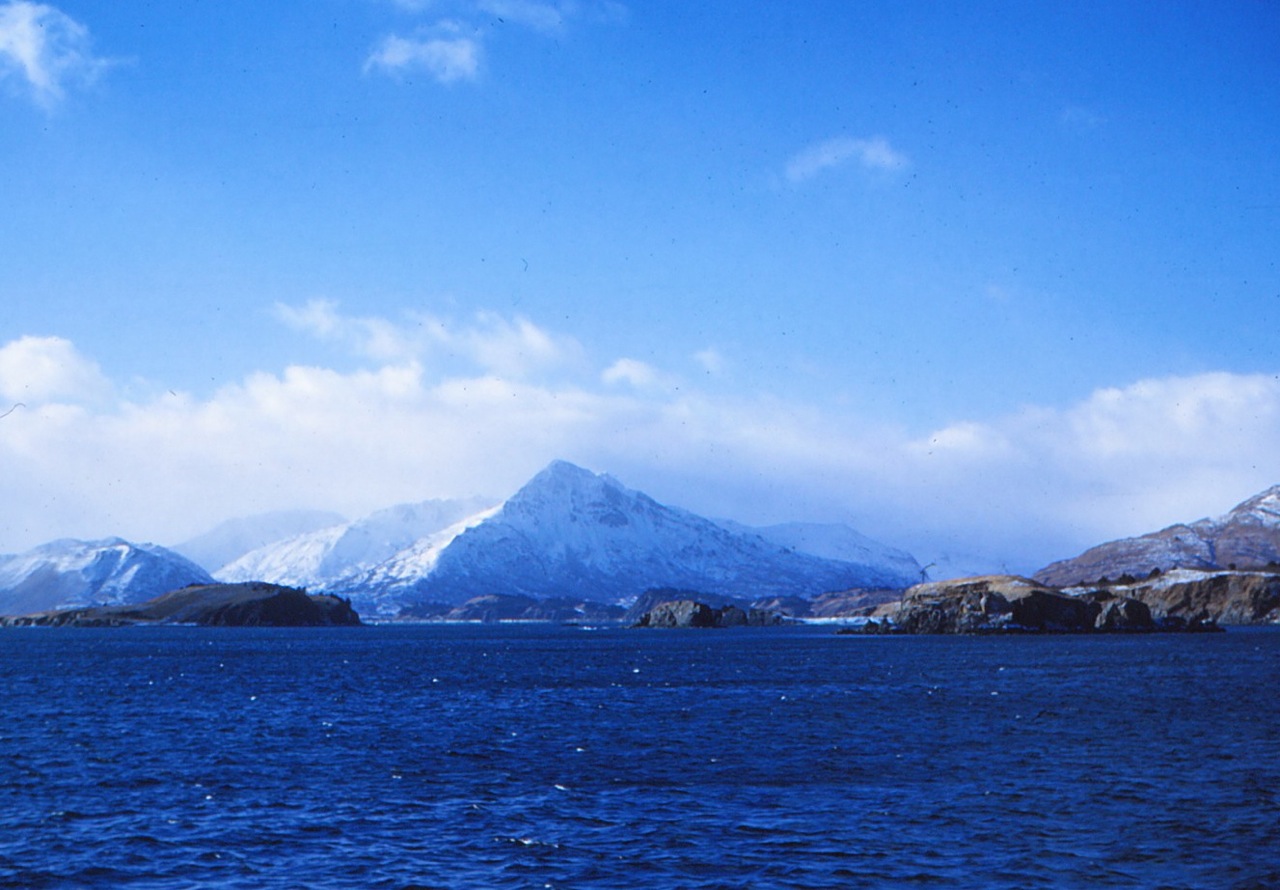
St. Paul Harbor, Kodiak, Alaska. Photo by LeRoy Reinburg, Jr., taken from U.S. Coast Guard Cutter CLOVER, 1950
Our operations were intense and involved being underway most of the time to cover this vast area. There were very few ports in that area and most were small villages. The largest of these were Nome, population about 1,200 and Unalaska, with a population of 250. In the spring of 1950, the Commander, Ketchikan Sector, our operational commander, ordered us to take over the area of responsibility of one of the SE Alaska tenders, which had departed for three weeks of shipyard availability in Seattle. This was a welcome reprieve from the tedium of our area. We proceeded to the Coast Guard Base, Ketchikan, to onload buoys and other equipment for our new job.
Ketchikan at that time was one of the larger cities in Alaska, with a population of almost 3,000, a veritable metropolis to us. We also received on board our new Commanding Officer, a tall, slender, redheaded mustang LT, who had years of aids to navigation experience. For those of you are not familiar with the term “mustang,” it refers to an officer who rose from enlisted status. Or in the jargon of the service he “came up through the hawsepipe, instead of over the gangway.” He brought a wealth of experience, both on the West Coast and in Alaska. We soon found out that in addition to his other talents, he was an avid hunter and fisherman who held a license as a hunting guide in Alaska. It was just before this that I had become interested in hunting.
On a previous trip we stopped at Amchitka Island, a former U.S. Army Air Force Fighter Base in the Aleutians in WWII. Our task was to carry a U.S. Navy Explosive Ordinance survey team, which was assessing the large amount of explosives left when the war ended and the U.S. abandoned the bases. In addition to explosives, we found a large corrugated iron shed with a massive pile of weapons, both U.S. and Japanese, together with seemingly unlimited amounts of small arms ammunition. The U.S. Army Security Detachment who guarded the Island seemed anxious for us to take what we wanted within reason. I thought this was a wonderful opportunity to obtain some recreational firearms for the ship, and with my Commanding Officer’s approval, we selected several rifles and a carbine, with ammunition. All of these arms we locked up in the ship’s armory under strict accountability, to be used by the ship’s company for supervised recreational hunting trips.
When the new CO found out about this cache and my interest in hunting, he looked for opportunities in our busy operations to fit in some hunting. This suited me just fine, and I volunteered to go along on his hunting forays. Shortly thereafter, we were working some buoys in Icy Strait, just west of Juneau. At the end of the day, we found a quiet, sheltered cove to anchor overnight. As Navigator, I was in my customary station on the bridge, as we came up on our anchorage bearings, when the CO called my attention to several brown bears grubbing in the marsh several hundred yards away. As our anchor chain rattled in the hawsepipe, the bears, startled, ran off. We had a few more hours of daylight, and the CO suggested we go ashore after dinner and reconnoiter.
What followed was one of the most unforgettable experiences of my life. As our boat grounded on the mudflat of the marsh, a large brown bear ambled out of the woods, looking for grubs in the marsh grass. The CO, putting his finger to his lips, motioned me closer to him. In a low whisper, he told me he would work his way slowly to the left and get on the bear’s flank about 100 yards from him, while I slowly approached the bear from the front. When I got close enough and had a clear shot, I should shoot him. We were approaching down wind, since the bear has a keen sense of smell, although his eyesight is minimal. The CO, with his carbine, would be a backup for me with my .30 caliber M-1. I had bought some hollow point 220-grain ammunition in Ketchikan to replace the normal 160-grain conventional service projectiles. This was because the heavier hollow point projectiles had more power against an animal the size of a brown bear.
I approached the bear head on as close as I dared. I didn’t want the bear to have enough room to charge me in case I wounded him. I couldn’t get a shot at his body, just his head, which was a pretty small target. The bear kept grubbing and slowly moved sideways toward the CO. Finally, the CO, becoming increasingly more uncomfortable as the bear moved closer to him, stood up and said in a loud voice, “Reinburg, if you don’t shoot this SOB, I will.” The bear turned his head toward the CO’s voice, giving me a clear shot at his shoulder. I immediately fired and dropped him to the ground with my first shot.
The CO and I approached the bear slowly, with rifles at the ready, in case the bear was stunned. The CO went right up to the bear and announced “He’s dead.” Then came the question of what to do next. It was getting dark, and not too much light remained to skin the bear. So, we rolled him over until we reached the water, and assisted by the boat’s crew, put a line around his leg, and pulled him back to the ship. Fortunately, he floated.
We called the ship, which rigged the buoy boom with a tensiometer and hoisted him to the buoy deck. The tensiometer indicated he weighed 1,200 pounds!
The CO and I set about skinning the bear, with the only tools we had, that is, pocket knives. We removed the skin, even skinning out the feet. However, it became too dark and too late, so we decided to wait until morning to do the fourth foot. We removed the foot from the rest of the carcass, and pushed it overboard. Then we both turned in.
In the morning, I skinned out the remaining foot, packed the untreated skin in rock salt, and placed it in a barrel to preserve it until we returned to Ketchikan and I could ship it to a taxidermist in Seattle to turn into a rug, with an open mouth and teeth. Later, I did ship the bearskin to Seattle, and after a few weeks, received a letter from the taxidermist, who stated that the fur on the fourth foot had “slipped” and he couldn’t save it. Did I want the rug with three feet? I wrote back telling him to cut off the other three feet, after all why get a bear rug with only three feet? Shortly thereafter, I received the rug, which was beautifully done, with a head, open mouth, and bared teeth. Not too long after this, I received orders to attend the U.S. Naval Postgraduate School, located on the grounds of the U.S. Naval Academy in Annapolis, MD. While I attended the PG School, I roomed in the Bachelor Officers’ Quarters at the Naval Academy. My bearskin rug was the object of admiration of everyone who visited me.
In retrospect, I thought my hunting experience was very interesting, but I wasn’t too eager to do any more. Over the years, I have told this story endless times, but finally got around to writing it down in this account in June 2010.

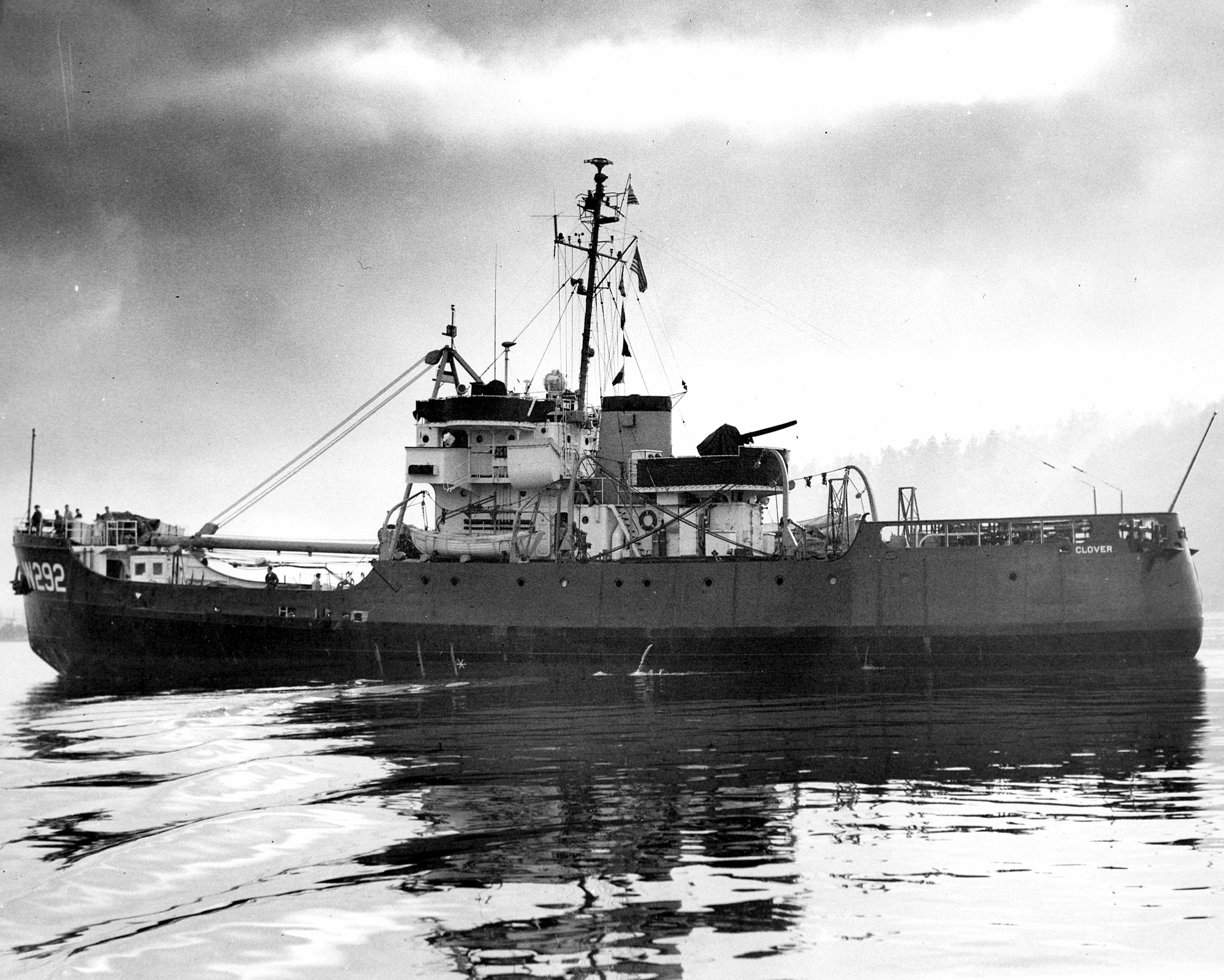
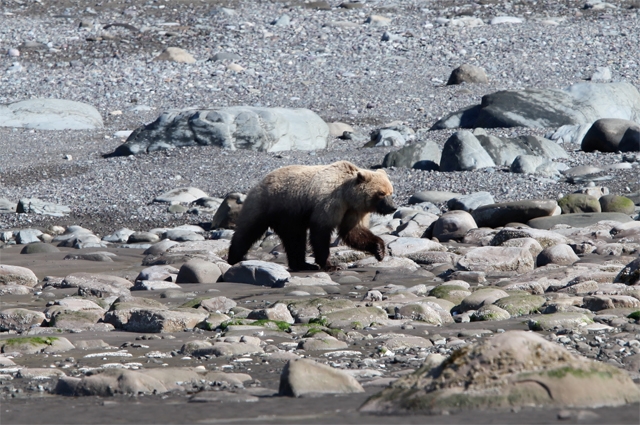
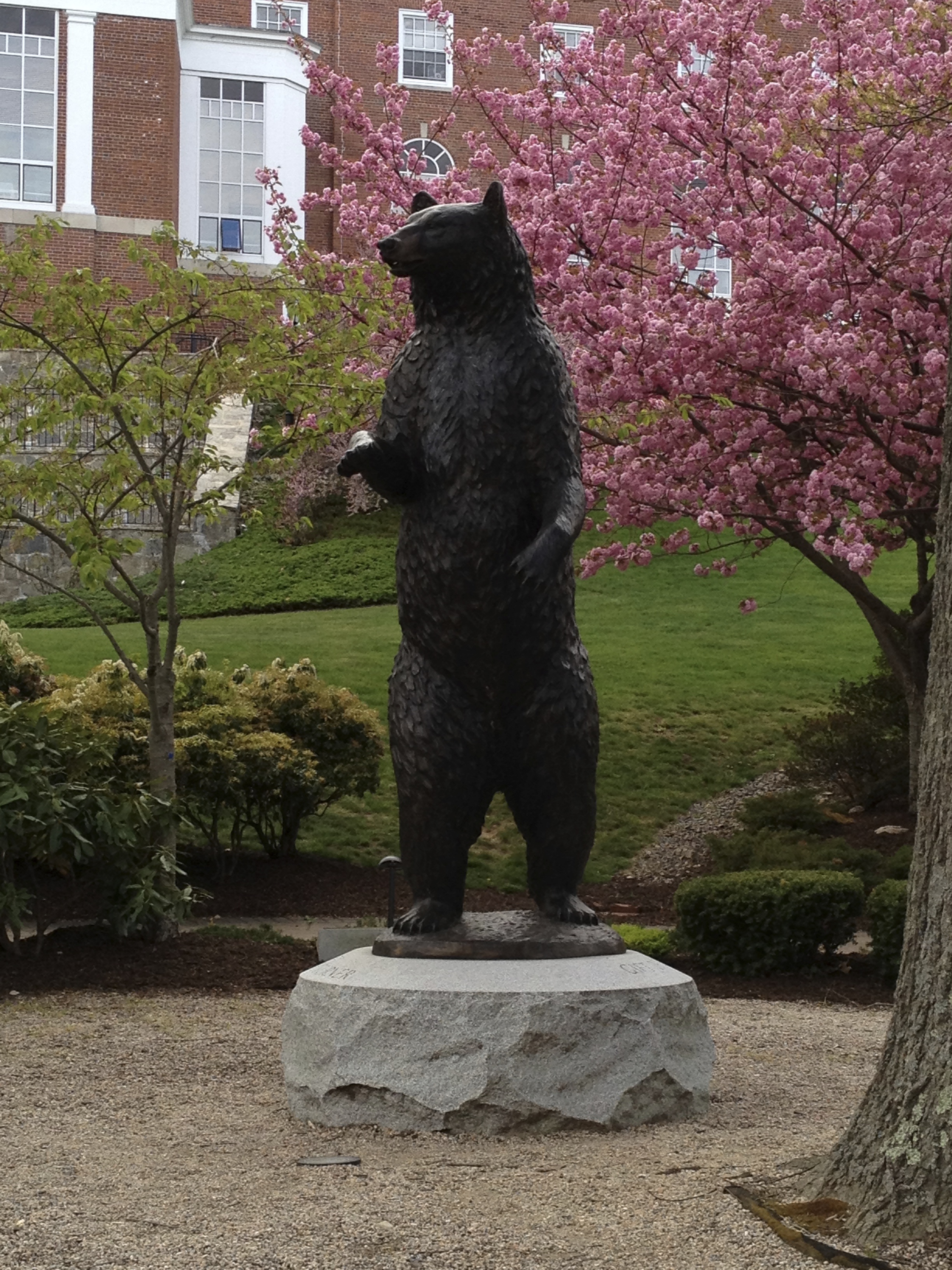
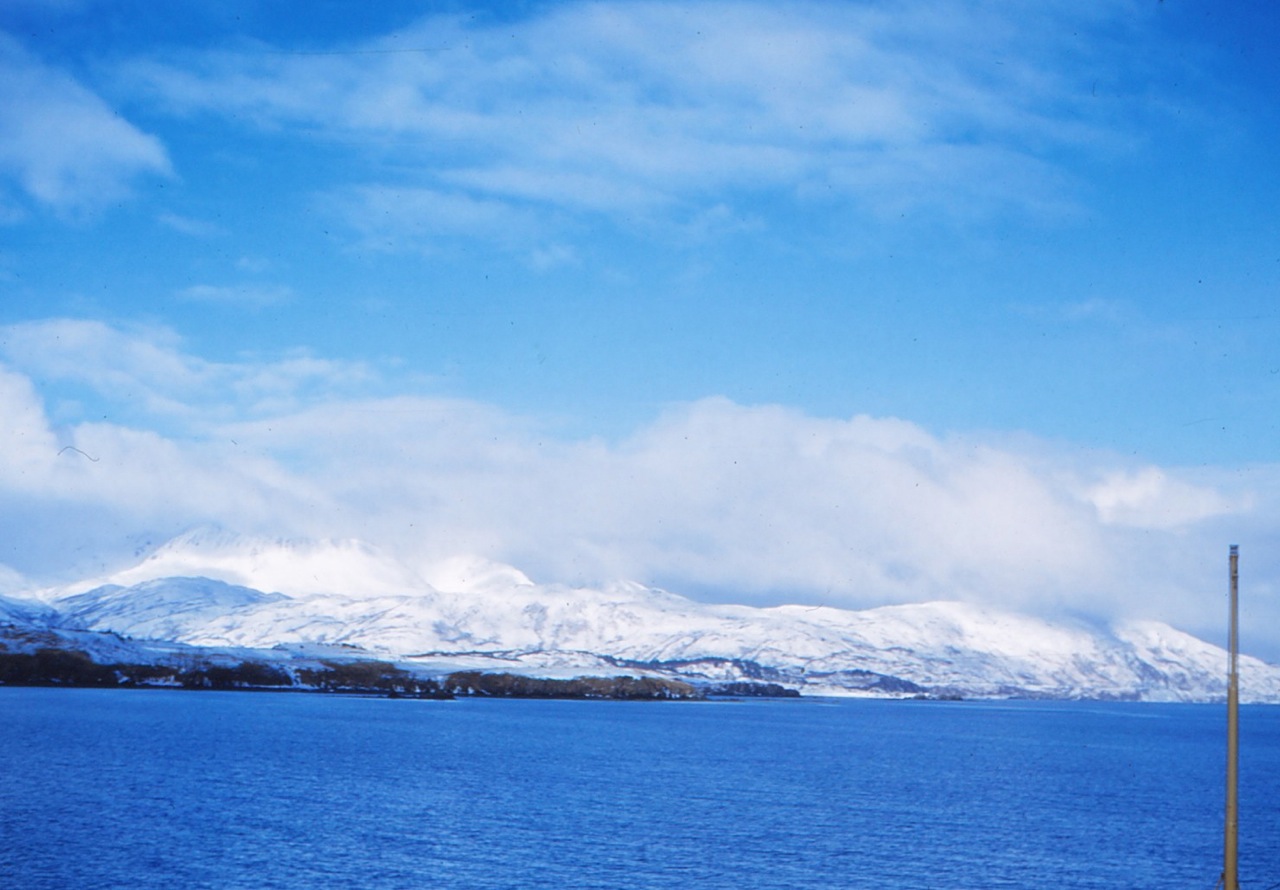
Had similar experience on Unimak Island in 66 while in the CG. My M-1, with 220 grain cartridges, failed to pick up the next shell. Could have been fatal because I had encountered two bears. But the second one ran off before I could solve the misfire issue.
Butch
Yikes! Two bears incredibly dangerous – thank you so much for visiting our website and sharing your experience. Glad you made it out safely
Great job of describing Market Time from the WHEC point of view. I was there from March of 67 to October 67 as XO PT. ELLIS, DIV 12, DaNang and 33 days aboard USS REPOSE.
LeRoy, my father were I the USCG and was stationed in Ketchikan in the mid 50’s. He passed some time ago, but I am very interested in knowing what the work he did was like. Have you written any other posts about life in the Coast Guard in Alaska? If you have, could you post links here?
Respectfully,
Jean Scheppers
Hello, Jean,
My father was LeRoy Reinburg, Jr., and he was also in Alaska in the 1950s. We do have a few articles of his from that period (this one about the bear), and
“Watch Where You Step and Don’t Touch Anything”
There are a few additional articles we’ll be posting soon, so I’ll be sure to link to them here when they’re available. Do you know which ship(s) your father served on?
Thanks so much for your comments on Dad’s article!
I love this one, and the pictures are PERFECT.